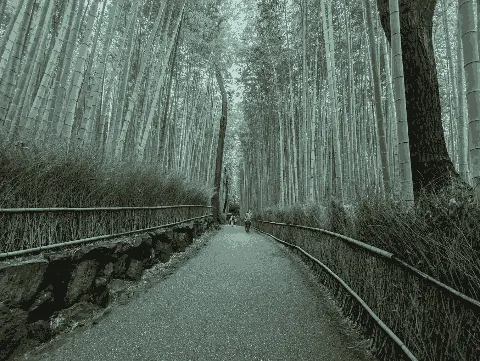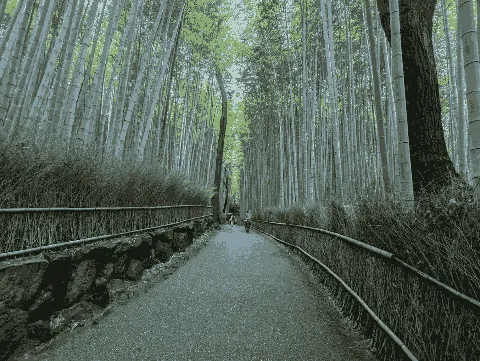Color Quantization using K-Means Clustering
I was reading through the Game Engine Black Book the other day. There’s a mention there about how the art assets for Wolfenstein 3D were limited to a 256 color palette. This got me thinking about how I would go about reducing the number of colors in an image. My first thought was to use k-means clustering, and it seems to work ok. The result reminds me of the images I used to see in some Windows 98 games back in the day.
How it works
k-means clustering takes a set of vectors and tries to project them onto k representative vectors. There are some nuances in deciding what constitutes a “representative” vector, and there are different approaches. For this project, I followed Wikipedia’s description of the Standard Algorithm.
- Randomly pick k pixels from the image. These are our initial centroids
- Assign each pixel in the image to the centroid it’s closest to (by Eucledian distance)
- Update each centroid to be the average value of the pixels assigned to it
- If the centroid changed, repeat steps 2-3. Otherwise, return the centroids with their assigned pixels.
Here’s the core of the implementation I came up with
for (let i = 0; i < iterationLimit; i++) {
iterationCount++
clusters = initClusters(numberOfClusters)
for (let j = 0; j < input.length; j++) {
const point = input[j]
let min = -1
let minIdx = -1
for (let k = 0; k < centroids.length; k++) {
const d = vectorDistance(point, centroids[k])
if (min == -1 || d < min) {
min = d
minIdx = k
}
}
clusters[minIdx].push(point)
}
const newCentroids = updateCentroids(clusters)
let allEqual = true
for (let i = 0; i < centroids.length; i++) {
if (newCentroids.findIndex(c => vectorEquals(c, centroids[i])) == -1) {
allEqual = false
break
}
}
if (allEqual) {
converged = true
break
}
centroids = newCentroids
notify(centroids, clusters, i, false, false)
}Custer Initialization
Something I noticed is that which clusters are randomly selected in the first step can have a significant impact on how the result looks. For example, a picture of a forest might have a few really vibrant shades of green. If you’re unlucky and the initial clusters don’t pick up any of those shades, the output will tend to be more washed out than if you’re lucky. This subject is touched on here
Here’s an example of this effect with k = 8. In the “lucky” image there’s more green, and it more closely resembles the original vibe.
 Original
Original Unlucky
Unlucky Lucky
LuckyDemo
Here’s a demo where you can upload a PNG image and see the quantized result. It updates the output every 10 iterations so you can see how the algorithm progresses. You can click on the “Redo” button to quantize the same image with different initial random clusters. This runs entirely in your browser, so the image you select won’t be saved anywhere. You can find the complete source code for the demo here
Home